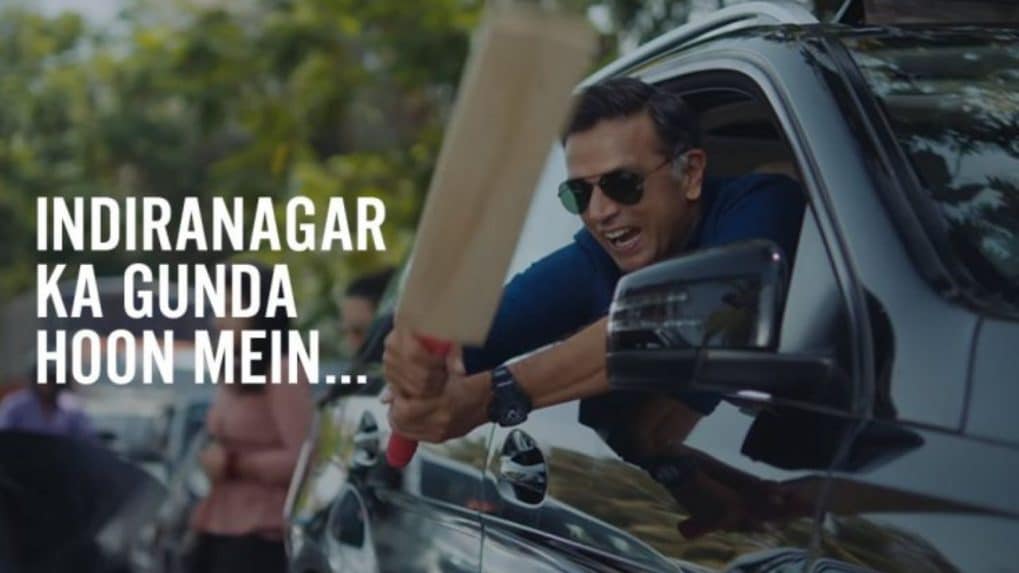When advertising turns into stand-up: The rise of 'Comedy Agencies'
The rise of “comedy agencies” is reshaping Indian advertising with viral, meme-driven content, but critics warn that shareability without brand recall risks turning ads into fleeting punchlines.
ADVERTISEMENT
“Advertising is not theatre. If the audience remembers the drama but forgets the brand, the curtain has fallen on effectiveness,” warns S. Subramanyeswar, Group CEO – India, Chief Strategy Officer - APAC & Global Chair - Strategy, MullenLowe Global. His words capture a growing unease: has advertising become more about laughs and virality than brand-building?
In past five years, a new breed of shops, dubbed “comedy agencies”, is reshaping adland. Staffed with young creatives and stand-up writers, these agencies churn out punchline-heavy, meme-ready content that sparks shares but often leaves the brand behind. Campaigns like CRED’s Rahul Dravid “Indiranagar ka gunda” or Boldcare’s collaboration with Johnny Sins became cultural moments, endlessly dissected and shared. Yet critics argue they risk becoming punchlines detached from the brands that paid for them.
“Stunts spark shares, but memories spark loyalty. Shareability without memory is just noise,” says Subramanyeswar, pointing to IPL campaigns as proof that loud ads grab eyeballs but fizzle quickly.
The obsession with virality has also skewed metrics. Traditional measures like recall and persuasion are giving way to “virality scores” and “meme counts.” “Applause within the fraternity isn’t the same as lasting connection with audiences. Many brands are carried away by vanity measures … that’s renting buzz without buying equity,” Subramanyeswar adds.
Shivi Singh of Pocket Aces echoes the concern: “Attention as the only KPI is dangerous. Shareability should be the outcome, not the objective. … If a campaign doesn’t land on both [audience love and brand love], it isn’t sustainable.” She points to Pocket Aces’ work with i-pill, where relatability—not gimmicks—drove recall.
Read more: Engineering the viral: The science behind meme marketing
Not everyone dismisses the trend. Jackie J. Thakkar, creative director and stand-up comedian, argues: “In 2025, shareability isn’t optional—it’s central to brand storytelling. If your campaign isn’t sparking conversation, it risks being just another skippable pre-roll.” He defends viral hits like CRED and Boldcare as examples of disruption that built equity over time.
The debate boils down to virality versus value. Critics warn that comedy-led stunts are “like fireworks—dazzling for a moment, then gone.” Supporters counter that in an attention-fragmented economy, sparking conversation is itself a form of equity.
As Singh puts it, “Sharp human insight, relatable storytelling, or humour that makes audiences feel seen—these are just as powerful as shock value.”
For now, advertising is caught between jingle and joke, punchline and promise. The challenge, as Subramanyeswar reminds, is ensuring the brand isn’t the one left unheard.
Read more: Viral CRED Ad: Masked as whacky classified newspaper ads, CRED's new campaign goes viral
Read more: What does Rahul Dravid’s mother think about his infamous CRED ad?
Also read: Explained: LOL for ROI - why Meme Marketing is the Internet’s favorite ad strategy

